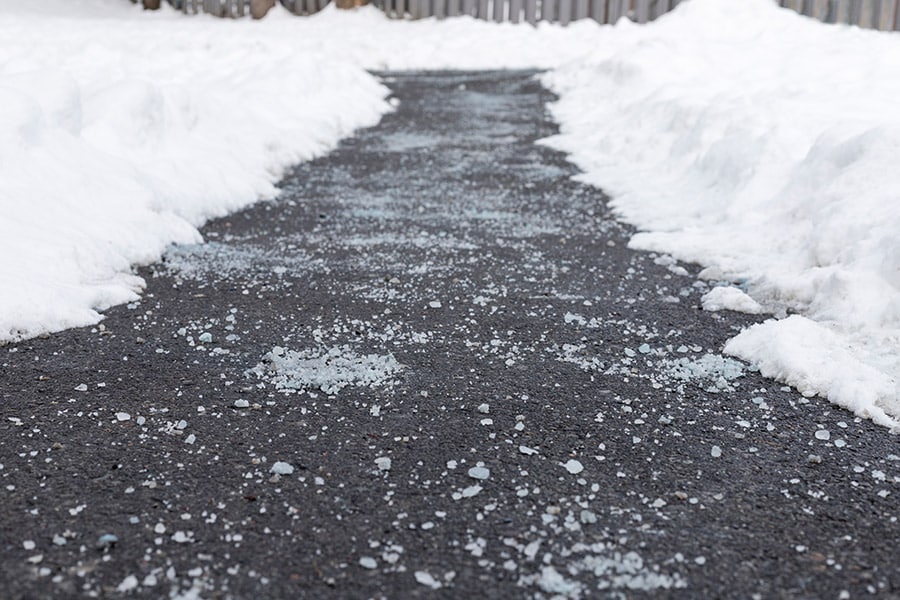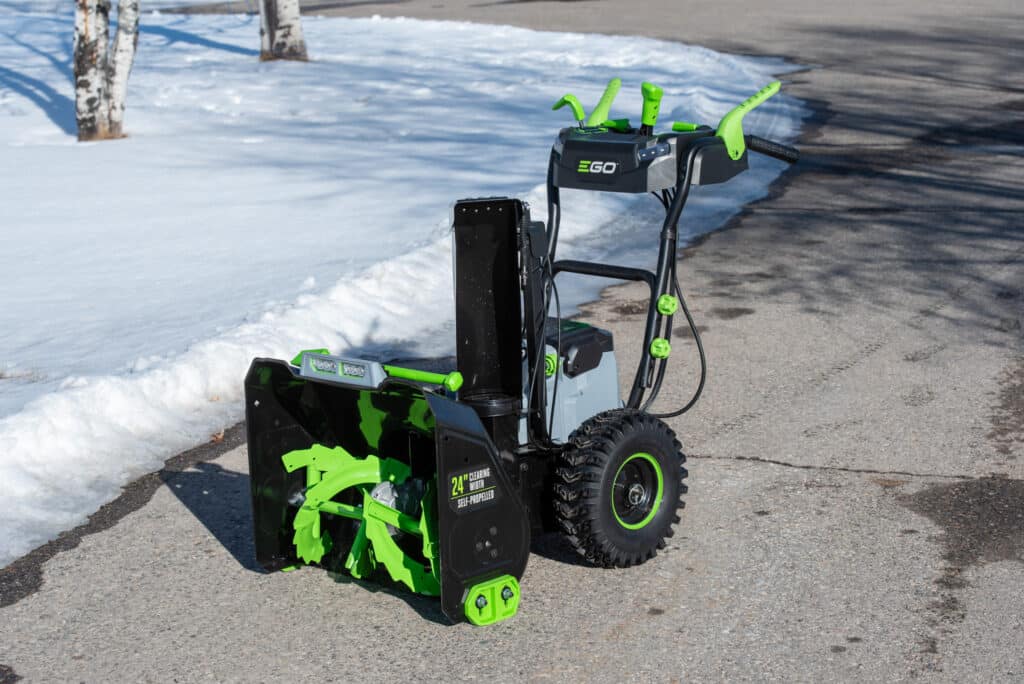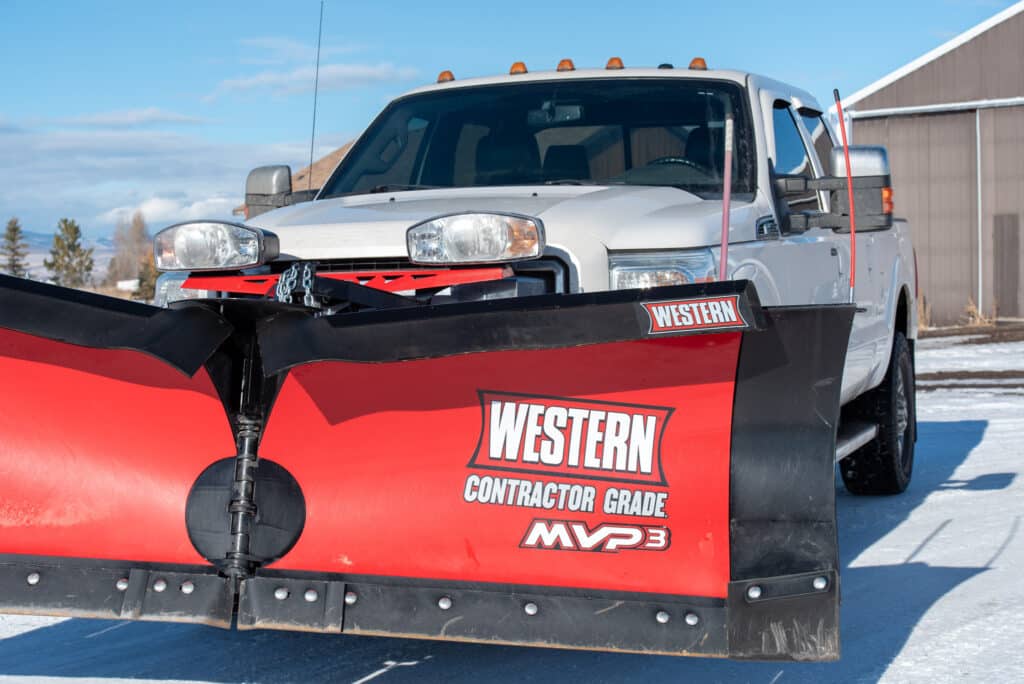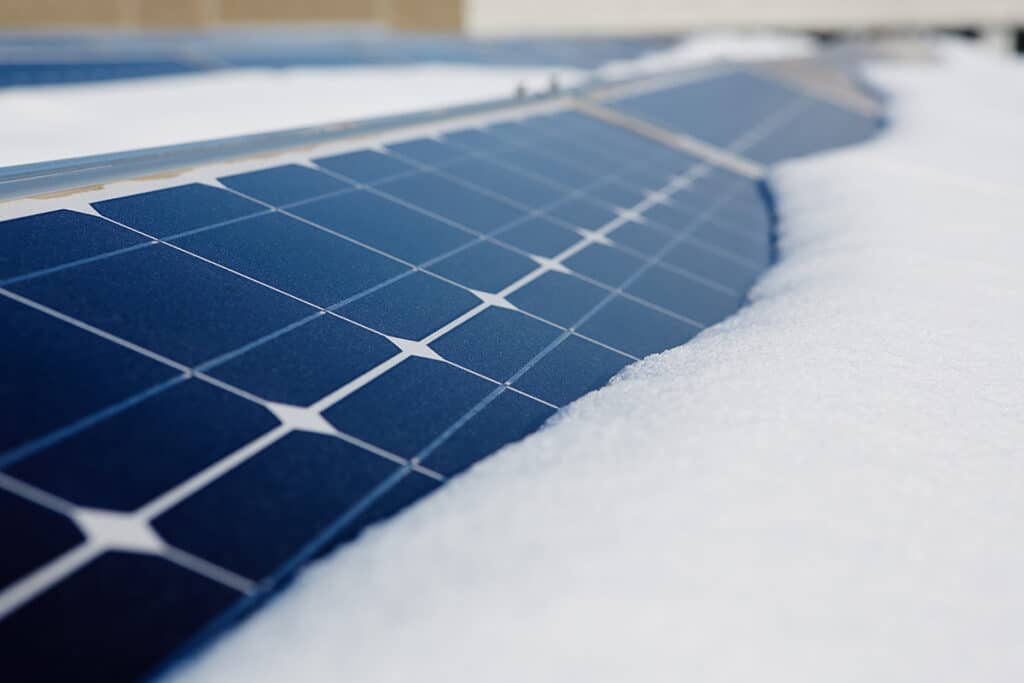Use ice melt, shovel promptly, and create clear walking paths to reduce the risk of slips and falls.
Preventing slips and falls on snowy walkways is crucial for ensuring safety during winter weather. Here are some tips to help prevent slips and falls:
Considerations
1. Snow & Ice Removal
Clear snow and ice from walkways promptly after a snowfall. Use shovels, snow blowers, or other appropriate tools to remove snow and create a safe path.
2. Apply De-Icing Agents
Apply de-icing agents, such as rock salt, calcium chloride, or magnesium chloride, to melt ice and prevent further accumulation.
Follow product instructions and guidelines to avoid overuse.

3. Sand or Kitty Litter
Spread sand or kitty litter on icy patches to provide traction.
This can be especially useful on stairs and sloped surfaces.
4. Use Non-Slip Mats
Place non-slip mats or rugs at entry points to absorb moisture and provide a dry surface.
Make sure mats have a rubber backing to prevent slipping.
5. Install Handrails
Install handrails along staircases and ramps to provide support.
Ensure handrails are securely anchored and in good condition.
6. Wear Appropriate Footwear
Wear winter boots with non-slip soles for better traction on snow and ice.
Avoid shoes with smooth soles that can easily slip on icy surfaces.
7. Take Small Steps
Walk with short steps and a flat foot to maintain balance.
Avoid rushing and take your time when walking on slippery surfaces.
8. Use Salt Alternatives
Consider using alternative de-icing materials that are less harmful to the environment, such as calcium magnesium acetate (CMA).
CMA is less corrosive and more environmentally friendly.
9. Keep Walkways Well-Lit
Ensure that walkways are well-lit during the evening and early morning hours.
Adequate lighting improves visibility and reduces the risk of slips and falls.
10. Avoid Distractions
Stay focused on walking and avoid distractions, such as texting or talking on the phone, especially when navigating slippery surfaces.
11. Be Aware of Black Ice
Be cautious of black ice, which is often difficult to see.
Assume that any wet-looking or dark pavement may be icy.
12. Maintain Proper Drainage
Ensure proper drainage to prevent the accumulation of standing water, which can freeze and create icy patches.
13. Educate Residents or Employees
Educate residents or employees about winter safety and the importance of taking precautions when walking on snowy or icy surfaces.
14. Snow Removal Services
Consider hiring professional snow removal services for larger properties or high-traffic areas.
Professionals have the equipment and expertise to effectively clear snow and ice.
15. Inspect & Repair Walkways
Regularly inspect walkways for uneven surfaces, cracks, or other hazards.
Repair any issues promptly to maintain a safe walking environment.
16. Inspect & Repair Walkways
Regularly inspect walkways for uneven surfaces, cracks, or other hazards.
Repair any issues promptly to maintain a safe walking environment.
17. Encourage Safe Behavior
Encourage Everyone to report icy conditions promptly
Foster a culture of safety by promoting awareness and accountability.
18. Plan for Salt Reduction
Consider using a reduced amount of salt and supplementing it with other de-icing methods to minimize environmental impact.
Final Thoughts
By combining these preventive measures, you can create a safer environment on snowy walkways and reduce the risk of slips and falls during winter weather.



